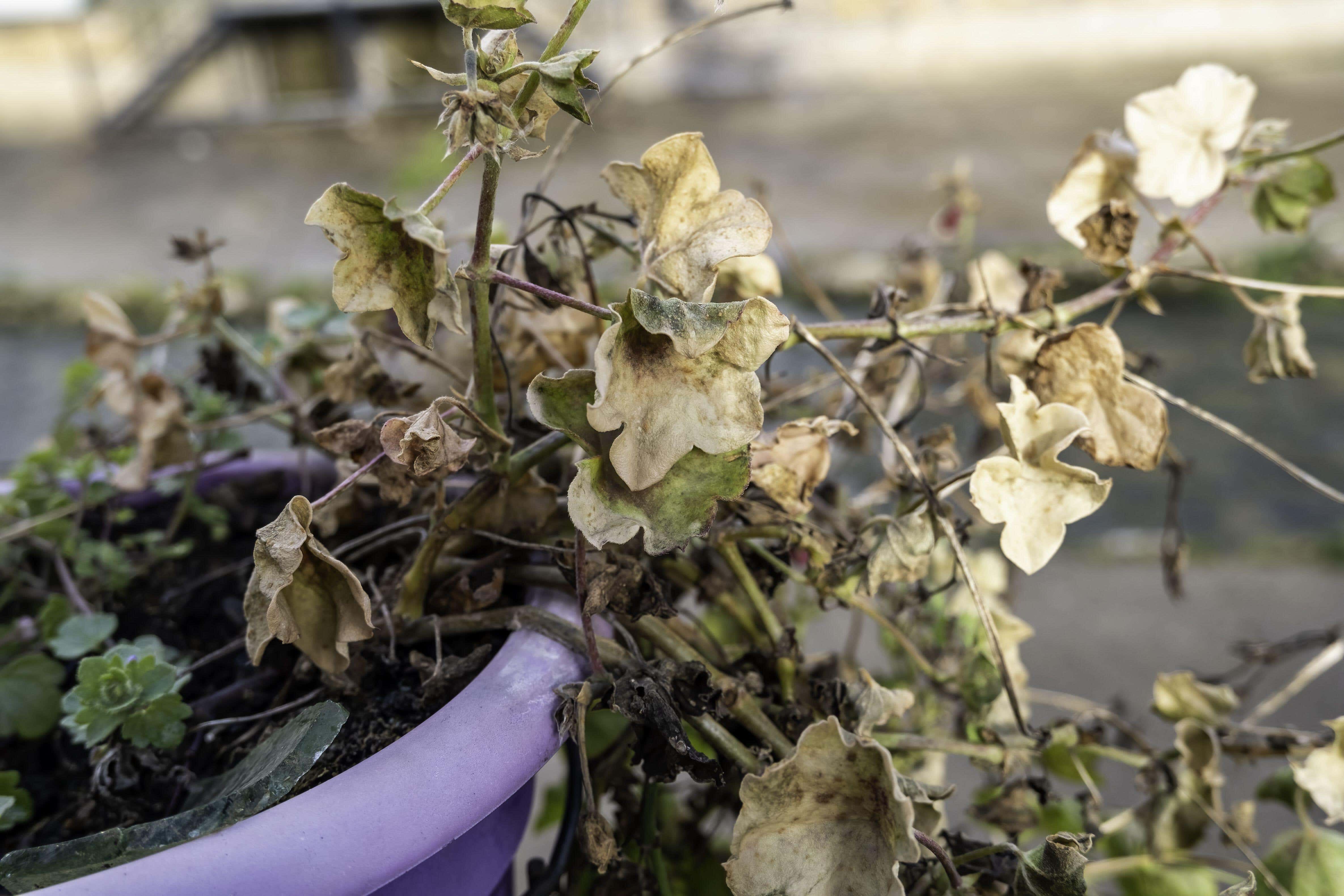How to perk up your garden post-holiday
It’s time to think about emptying pots and planting bulbs.

Your support helps us to tell the story
From reproductive rights to climate change to Big Tech, The Independent is on the ground when the story is developing. Whether it's investigating the financials of Elon Musk's pro-Trump PAC or producing our latest documentary, 'The A Word', which shines a light on the American women fighting for reproductive rights, we know how important it is to parse out the facts from the messaging.
At such a critical moment in US history, we need reporters on the ground. Your donation allows us to keep sending journalists to speak to both sides of the story.
The Independent is trusted by Americans across the entire political spectrum. And unlike many other quality news outlets, we choose not to lock Americans out of our reporting and analysis with paywalls. We believe quality journalism should be available to everyone, paid for by those who can afford it.
Your support makes all the difference.If you’ve come back from holiday to straggly plants, wilted flowers and struggling vegetables, it’s time to tidy up, think about autumn planting and choose some spring-flowering bulbs.
You may want to try to keep your annual container plants going a bit longer, but unless we have an Indian summer they are unlikely to reach their pre-holiday glory.
So, what can you do?
1. Ditch dead annuals in pots
You know it’s time to throw in the towel when your trailing lobelia have gone brown, your petunias are leggy and lifeless, and other bedding plants such as busy Lizzies, verbena and begonia have withered.
You may be able to salvage pelargoniums if they haven’t been waterlogged by rain. They will withstand drought conditions though, so deadhead them thoroughly, and water and feed them to keep them going a bit longer.
2. Tidy up perennials in containers
If your perennials in pots have survived and you eventually want to move them to a border, give them a thorough soaking and a good trim, and think about where you might want to relocate them later on in the autumn.
3. Add colour
There’s autumn colour to be had if you plant late-summer flowering chrysanthemums and dahlias in pots using fresh compost. Evergreens in pots can be dunked in a bucket of water to make sure their roots are wet, without being waterlogged. They will provide height and structure to any container as you replace the spent summer plants around them with autumn-flowering ones.
In borders, cut back untidy growth, although you can leave the seedheads of perennials like rudbeckia to add architectural interest throughout winter. To bring in colour, think about planting some sedums, now known as Hylotelephium, which look wonderful at the front of a border. Choose eye-catching varieties such as ‘Red Cauli’, which produces crimson-red flowerheads.
Saxifrages are also worth considering for a burst of colour. Among the highlights of a recent RHS Garden Wisley trial of hardy autumn-flowering perennial saxifrages is Saxifraga ‘Shiranami’, a neat variety with white, starry flowers over glossy, fresh green foliage. This variety flowers for many weeks in autumn and is best planted in partial shade.
Asters and Japanese anemones are also ideal for borders as summer turns into autumn, although be warned that Japanese anemones can be a devil to eradicate if you decide you’re not keen on them. Red hot pokers can also add form and colour to a border in late summer and autumn.
4. Harvest crops
You may have to ditch some of your crops if you’ve had no-one to tend to them while you’ve been away.
Radishes may have gone woody, lettuces will run to seed in hot weather and runner beans may be too long and stringy, while courgettes may have turned into marrows and tomatoes could have developed blossom end rot through irregular, inconsistent watering.
You’ll need to ditch the produce that has gone over, depositing it in the compost bin, and pick all the veg, such as green beans, which are still edible. Freeze any gluts by blanching the crop – whether beans, carrots or peas – for a minute or two in boiling water, and then plunge them into ice cold water, before draining them and freezing them in bags.
5. Keep on top of weeds
They may have grown in your absence, given the sunny and rainy weather, so make sure you keep them under control in your borders before autumn sets in, or you’ll find them springing up all over the place come spring.
6. Leave your lawn
Don’t worry if your lawn has turned brown – although it’s unlikely to have scorched in this summer’s changeable weather. If it has, though, it will recover with the autumn rains. If you want to tidy it up, set your mower blades high to give it a haircut, removing weed seedheads.
7. Plant spring bulbs
Plant bulbs such as snowdrops, narcissi, muscari and crocuses in your new container displays and in borders, to give you something to look forward to in spring. They are widely available now from garden centres and online bulb stockists.
In containers, plant them deep around any conifers or other evergreens in pots to provide bursts of colour in late winter and spring or underneath autumn container plants. Bulbs can be ordered now from online suppliers and are available in garden centres.